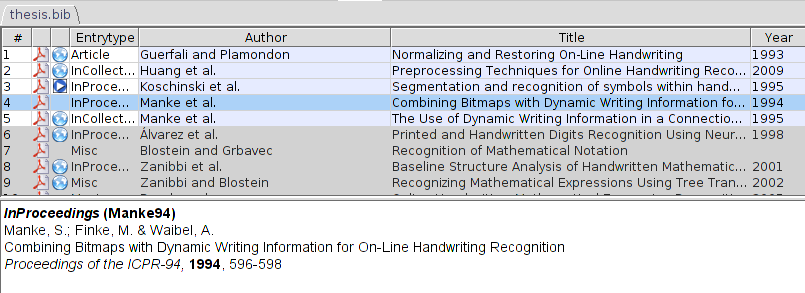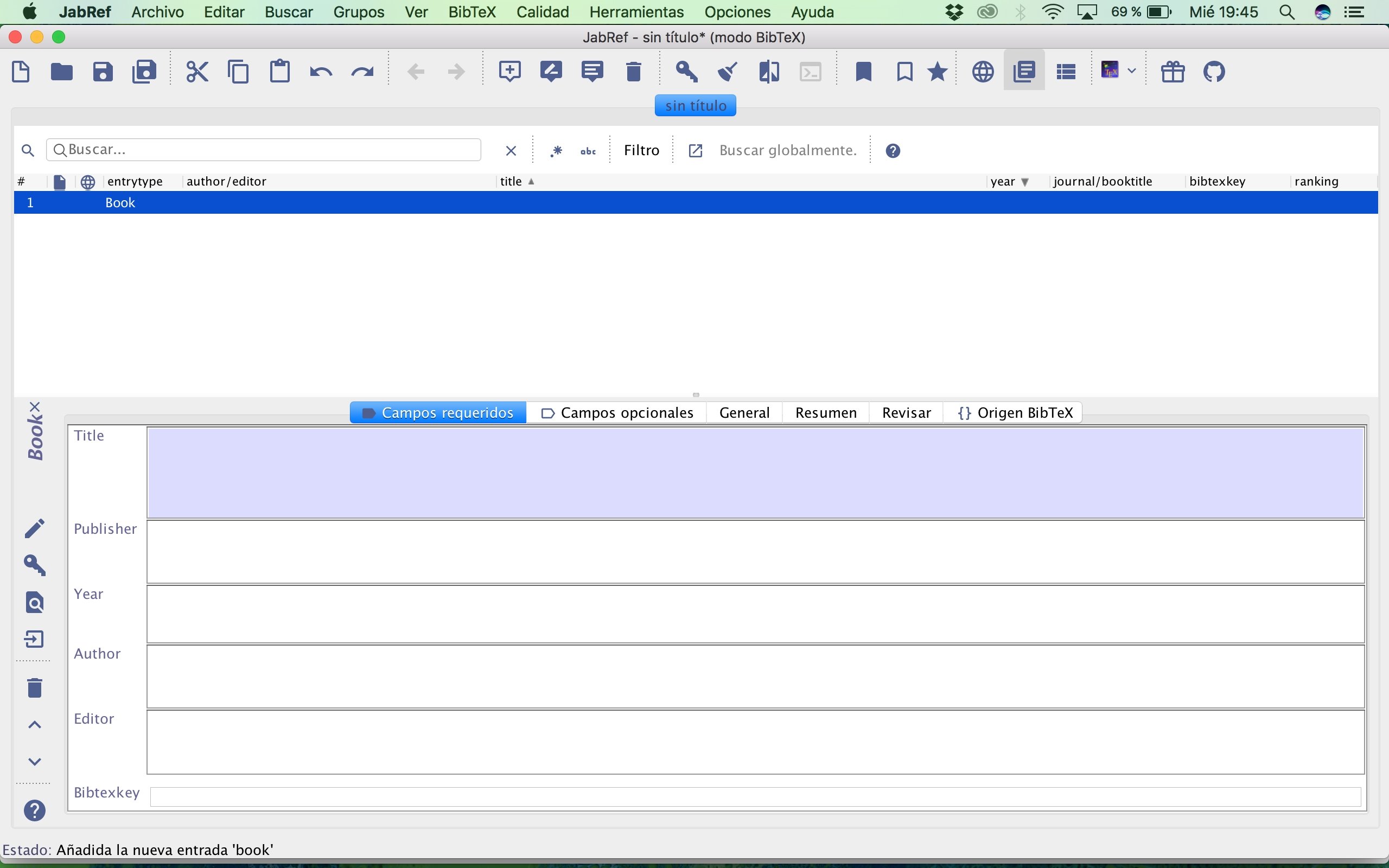BibTeX Format Description
Jabref Rpm
BibTeX-files may contain four different types of entries:

Once the JabRef browser extension has extracted the references and downloaded the associated PDF's, the import window of JabRef opens. You might want to configure JabRef so that new entries are always imported in an already opened instance of JabRef. For this, activate 'Remote operation' under the Advanced tab in the JabRef Preferences. When I hear businessmen speak eloquently about the “social responsibilities of business in a free-enterprise system”, I am reminded of the wonderful line about the Frenchman who discovered at the age of 70 that he had been speaking prose all his life.
Download Timez Attack for Windows now from Softonic: 100% safe and virus free. Download reteq laptops & desktops driver. More than 466 downloads this month. Download Timez Attack latest versio.
- @STRING defines abbreviations in the form of
which can later be used in a tag like this - @PREAMBLE defines how special text should be formatted.
- @COMMENT for comments not taken in regard by BibTeX.
- Entries each declaring a single reference to a type of publication, for example:@article, @book, @inproceedings etc.
A BibTeX entry consists of the type (the word after @), a citation-key and a number of tags which define various characteristics of the specific BibTeX entry.
Among those tags can be for example: author, title, year, etc. Some tags are mandatory for certain types of BibTeX entries, some are optional.

There is a set of standard-tags existing, which can be interpreted by BibTeX or third-party tools. Those which are unknown are ignored by BibTeX, thus can be used to store additional information without interfering with the final outcome of a document. Drivers point grey research.
Tags
A BibTeX tag is specified by its name followed by an equals-sign and the content. The tag's name is not case-sensitive. The content needs to be enclosed by either curly braces or quotation-marks. Which form of enclosure is used is depending on the user's taste, and both can be applied together in a single BibTeX entry, but there is one difference between those two methods: When quotation-marks are used, string concatenation using # is possible, but not when braces are used.

Jabref Opensuse
For example, the following statements are equal:
It is important to know that abbreviations previously defined using the @string command can only be used in conjunction with other strings using the string concatenation.
Numbers can either be enclosed by braces or quotation-marks, but can stand alone. Portrait displays driver download. Tags are separated by commas; if not, the BibTeX parser will produce an error. The last tag can be finished with a comma, although not necessarily.
is a correct BibTeX entry.
